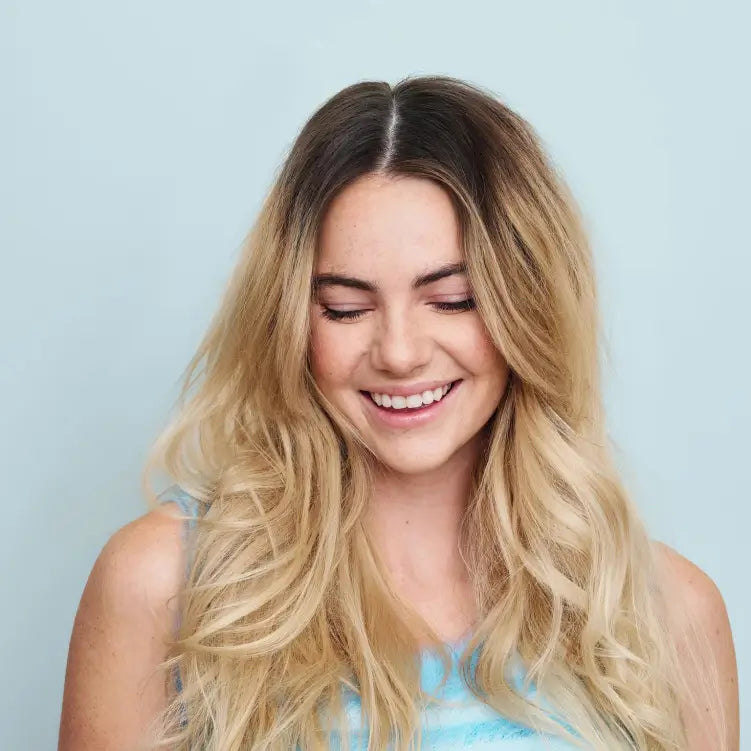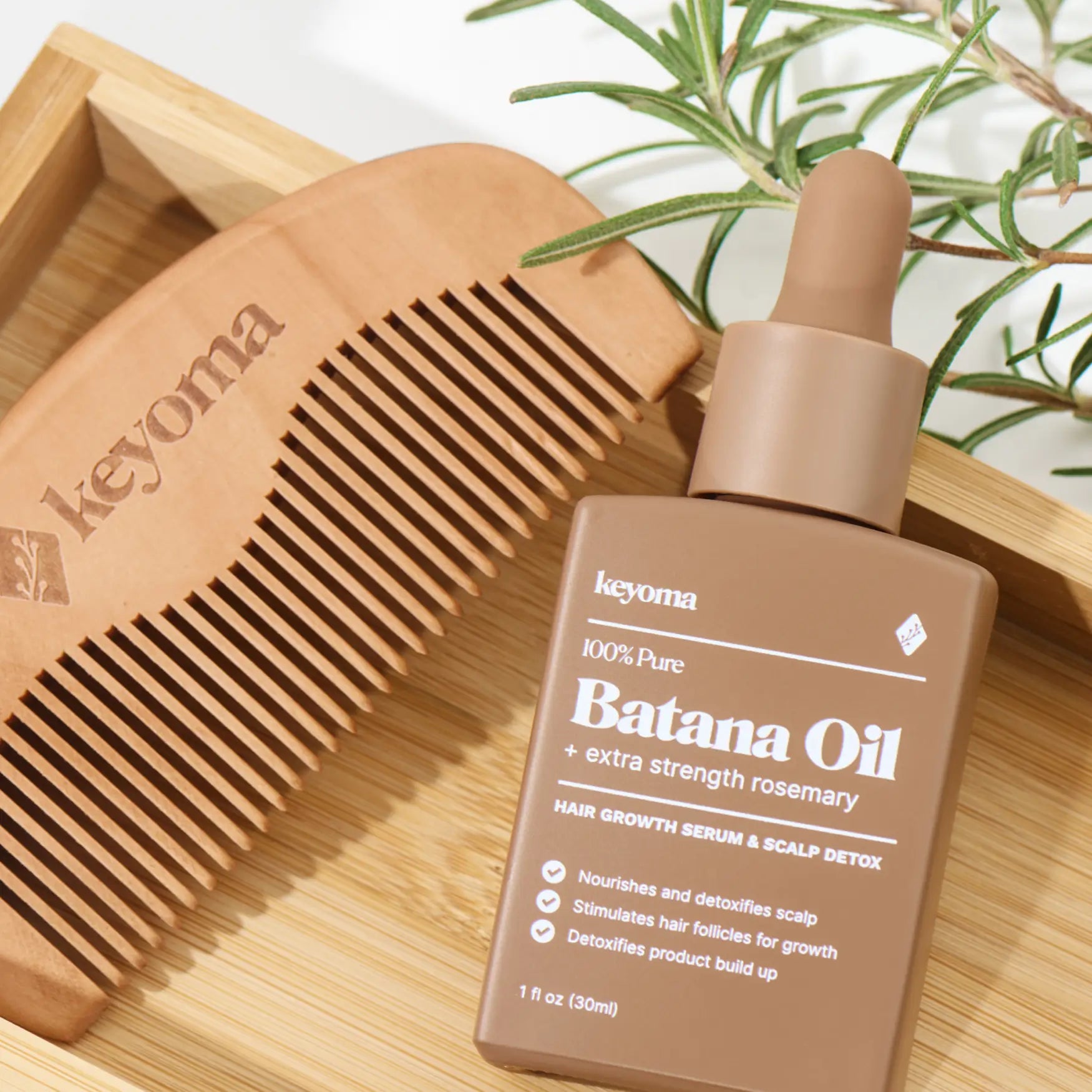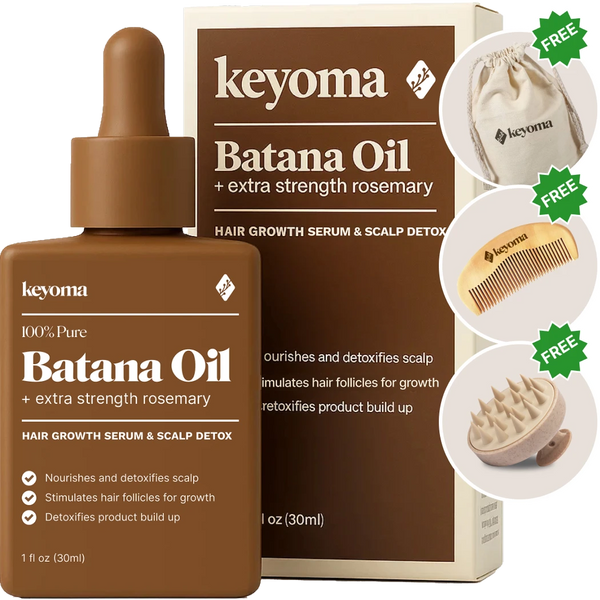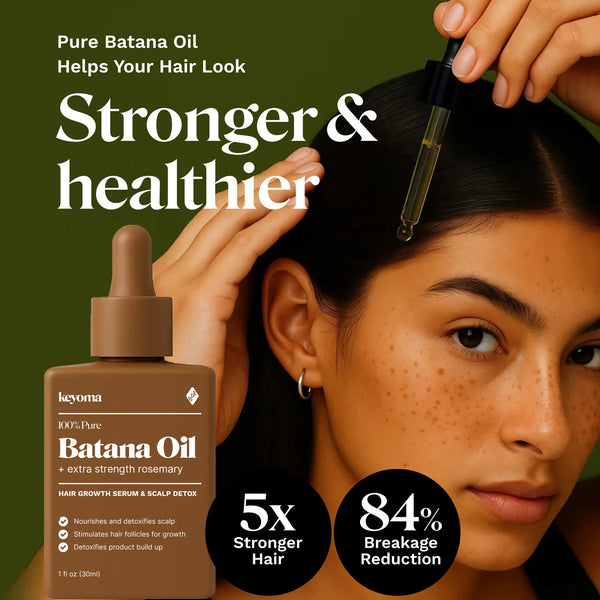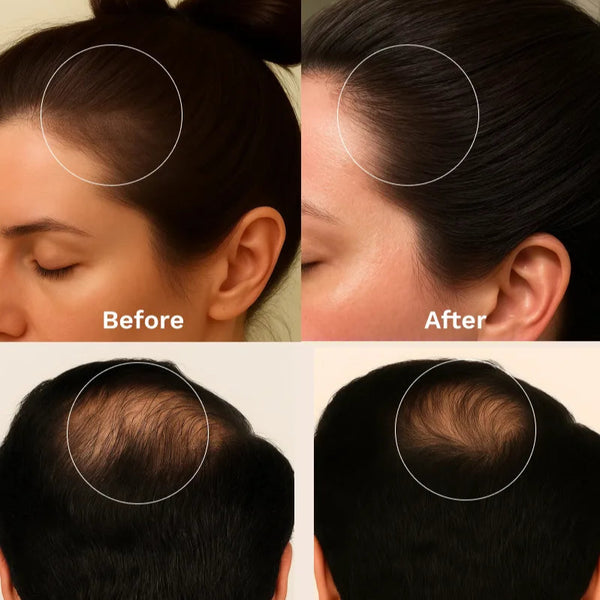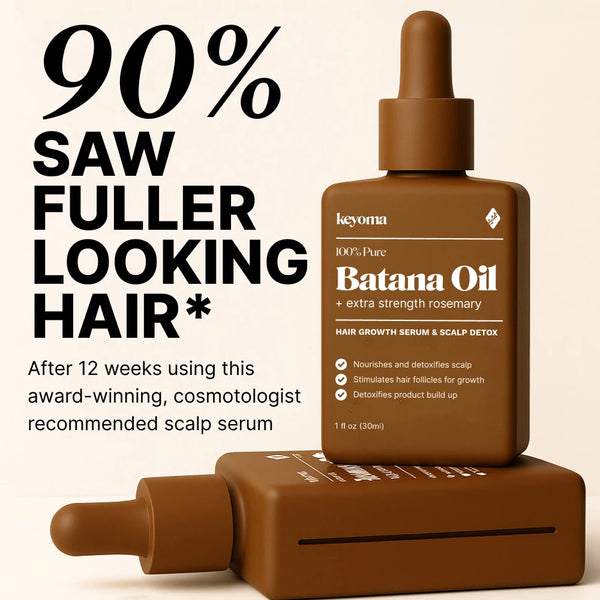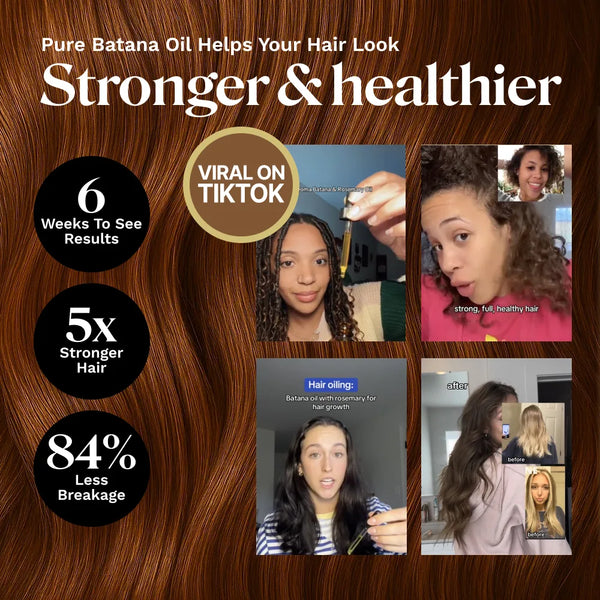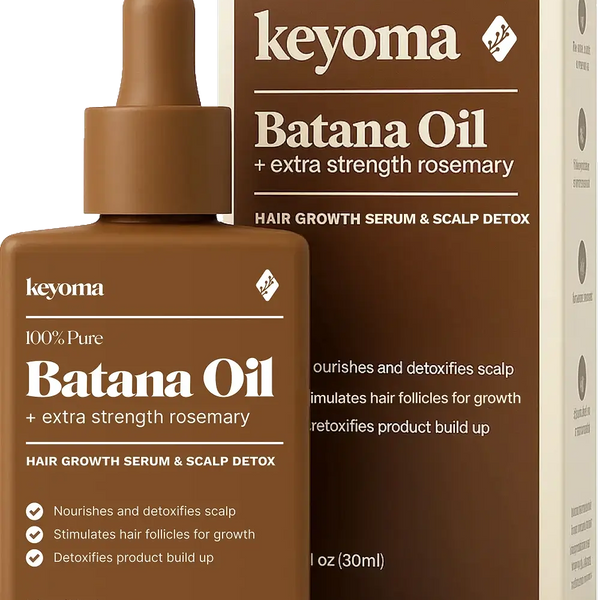In this article
Our hairline is a key part of our appearance and can strongly influence our self-confidence. A full, thick hairline is often considered the ideal, and changes to it can affect how we feel about ourselves.
As we age, it is normal for the hairline to shift slightly over time, and this is not always a cause for concern. In fact, nearly everyone will notice some changes with age.
The challenge is knowing whether the change is simply a mature hairline, which is a natural part of aging, or a receding hairline, which can be an early sign of balding. A mature hairline does not require treatment, but a receding hairline can progress if left unaddressed.
Let us help you understand the difference so you can determine whether your hairline changes need attention.
Key takeaways
-
A mature hairline is a normal part of aging, develops gradually, and does not cause significant hair loss.
-
A receding hairline progresses over time, often due to genetics, hormones like DHT, and environmental or nutritional factors.
-
Mature hairlines typically form a slight, symmetrical “M” shape with consistent hair density, while receding hairlines show more pronounced recession and thinning.
-
Key differences include onset age, progression speed, visual changes, and underlying causes.
-
Early care, proper nutrition, and natural treatments like Keyoma pure batana oil with rosemary can help protect hairlines and support healthy growth.
What is a Mature Hairline
A mature hairline often develops gradually and typically has little effect on overall hair density, which is why many people barely notice the change. It is a natural part of the shift from adolescence to adulthood and is rarely a cause for concern. However, if it is accompanied by rapid thinning or significant shedding, it is best to seek an expert evaluation.
Causes and Signs of a Mature Hairline
In addition to aging, factors such as lifestyle habits and nutrition can influence how a mature hairline develops. While genetics largely determine its shape, keeping your scalp clean, managing stress, and eating a balanced diet can help maintain hair density and support overall scalp health.

How Aging Affects the Hairline
The natural aging process is a key factor in hairline changes. As we get older, the hair growth cycle slows, and hair follicles may gradually shrink. This can cause a slight upward shift in the hairline, which is often more noticeable in men. The change happens slowly and typically stabilizes once the mature hairline has fully developed.
Common Features of a Mature Hairline
A mature hairline is marked by a slight, symmetrical recession that often forms an “M” shape, with the temples receding more than the center of the forehead.
Unlike a receding hairline, which can advance quickly and unevenly, a mature hairline tends to remain stable once it is established. Hair density may reduce slightly, but there are no large bald spots or severe thinning.
Typical Age for Hairline Maturity
The transition to a mature hairline usually happens between the ages of 17 and 29. This is a normal part of aging and not a reason for concern. It is important to understand that this change does not signal future hair loss or baldness but is simply a natural adjustment of the hairline as you get older.
What is a Receding Hairline
A receding hairline is more than a cosmetic issue, as it often stems from underlying factors like genetics, hormonal changes, and environmental stressors. Recognizing early signs such as thinning at the temples or a gradually higher forehead can improve your chances of slowing or managing its progression effectively.
Causes and Signs of a Receding Hairline
Environmental factors such as pollution, UV exposure, and poor scalp hygiene can accelerate hairline recession. Nutritional deficiencies, particularly in iron and vitamin D, also play a key role.

Without these nutrients, the hair shaft weakens, increasing the risk of hair loss at the front of the scalp. Correcting these deficiencies early can help slow the process and support healthier hair growth.
Genetic Influence on Hairline Changes
Genetics are a major factor in the hairline recession. If male or female pattern baldness runs in your family, your chances of developing a receding hairline are higher. This hereditary condition, known as androgenetic alopecia, is influenced by genes from both parents.
It alters the hair growth cycle by shortening the anagen (growth) phase and extending the telogen (resting) phase, which leads to gradual thinning and hair loss over time.
How DHT Affects Hairline
Hormones, particularly dihydrotestosterone (DHT), play a key role in hair loss. DHT is a byproduct of testosterone that attaches to hair follicles, causing them to shrink and produce finer strands.
Over time, affected follicles may stop producing hair entirely. Men with higher DHT levels are more likely to develop a receding hairline, which is why hair loss patterns tend to be more noticeable in men than in women.
Progression of a Receding Hairline
A receding hairline usually begins with thinning at the temples, creating an “M” or “V” shape. As it advances, the hairline moves further back, revealing more of the forehead, and thinning may also appear on the crown.
Unlike a mature hairline, a receding hairline often progresses unevenly and can lead to substantial hair loss over time. Early warning signs include increased shedding, a widening part line, and visible thinning around the temples.
Comparing Mature and Receding Hairlines
While both a maturing hairline and a receding hairline are influenced by the same hormone, their causes differ — a mature hairline is a natural part of aging, while a receding hairline is typically linked to genetics. Three key factors can help distinguish between the two.

When and How Each Develops
A mature hairline usually appears between the late teens and early 30s, with a slow and subtle recession. A receding hairline, on the other hand, is more noticeable from the start and continues to progress over time.
Visual Differences
A mature hairline shows only a slight recession, usually at the temples, and may form a gentle or subtle “M” shape. A receding hairline shows a more pronounced recession, often with a clearly defined “M” shape or visible bald patches at the temples and crown.
Changes in Hair Thickness
With a mature hairline, hair density stays fairly consistent and there is no major thinning. In contrast, a receding hairline is often accompanied by noticeable thinning and greater scalp visibility.
Underlying Causes
A mature hairline develops due to natural aging, genetics, and normal hormonal shifts. A receding hairline is more often connected to genetic predisposition, hormonal imbalances such as elevated androgens, medical conditions like thyroid disorders or alopecia areata, and lifestyle factors including stress or inadequate nutrition.
Effect on Hair Health and Confidence
A mature hairline is typically a normal part of aging and is not a cause for concern. A receding hairline, on the other hand, is often a sign of androgenetic alopecia or another hair loss condition and may need treatment or ongoing management.
Protect Your Hairline with Keyoma’s Natural Care
Maintaining your hairline starts with consistent scalp care and the right products. Whether you’re noticing early signs of thinning or want to protect a mature hairline, focusing on nutrition, gentle styling, and proven natural treatments can make a difference.
Keyoma pure batana oil with rosemary is rich in nutrients and antioxidants that nourish the scalp, strengthen hair, and support healthy growth. Add it to your routine to help preserve your hairline and keep your hair looking full and strong.
Featured Product
100% Pure Batana Oil + Rosemary
↓Best Batana Oil to Buy↓
1 Month
Subscribe & Save
- 30-day supply delivered monthly $35
- 30% off for life $6
- Free haircare essentials kit $33
- Free custom wooden comb $10
- Free scalp massager $15
- Free eco-friendly travel bag $8
- 30-Day Money Back Guarantee
- Free Shipping
- Online portal for easy cancel, skip, or pause.
1 Month One Time Purchase

- 30-day supply $50
- 30% off for life $6
- Free haircare essentials kit $33
- Free custom wooden comb $10
- Free scalp massager $15
- Free eco-friendly travel bag $8
